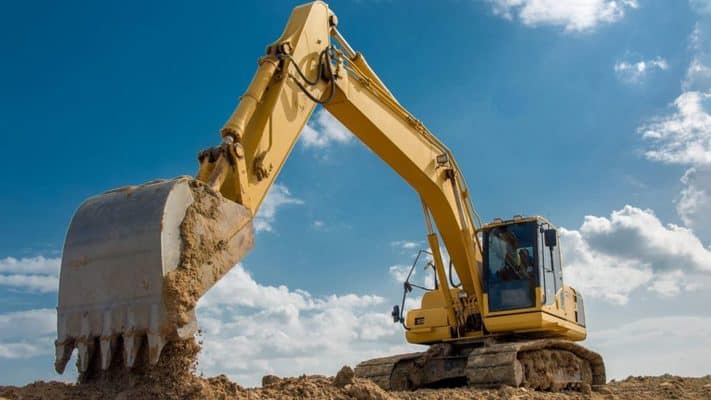What Is a Mobile Home Foundation pad?
Table of Contents
A mobile home Foundation pad is an area of fill dirt usually made of sand and clay. This pad is built where your new mobile home will be placed. Mobile homes have a beam and pier foundation the dirt pad is the foundation on which the pier system is placed.
The pier and beam system transfers the weight of the home down to the foundation pad. The load-bearing capacity of the foundation pad is used to calculate pier spacing and footer sizes. Generally, the higher the load-bearing capacity of the pad, the stronger the foundation of the home will be.
Regular soil and garden dirt are not sufficiently clean or compacted enough for use as a solid foundation. More often than not soil will contain trash and organic material.
Why Do I Need A Mobile Home Pad?
The ground under a mobile home needs to be graded in order to prevent water and moister from collecting under your home. The size of the pad should extend at least six feet beyond the perimeter of the mobile home.
NOTE: Mobile homes must be built on a pad foundation in the state of Florida.
The quality of the foundation of any home is extremely important, it is the base for all other construction. The better the foundation pad, the more support and stability will be transferred to the home. Your foundation pad needs to be built so that it can survive a long time especially even in harsh environments.
Must Read: Annual Repairs – Is Your Home Hurricane Ready?
How Thick Should A Dirt Pad Be?
Thick enough to produce a slightly domed profile which will be a minimum of 4 inches around the edge and 6 to 12 inches towards the center. The pad should be smoothed out with a box blade to remove any large holes which could collect water or moisture.
The foundation pad underneath your mobile home should extend at least four feet beyond the perimeter of your pier foundations.
This will ensure that water slopes away from the house and not towards it.
How Wide Should My Pad Be?
The foundation pad needs to extend a minimum of 4 feet beyond the edge of the home. Ten feet extra all the way around the home would be ideal, as this extension of the pad allows the grade to reduce gradually down to the adjacent ground.
Spread the fill dirt as wide as necessary to give a smooth transition slope to the regular ground level.
Do not bring the pad out straight and level with a sudden drop off down to ground level. Doing this will look strange and cause pad erosion.
Load Bearing Capacity?
The load-bearing capacity of the soil will depend on the existing ground conditions and the firmness of the fill dirt brought in by the contractor.
Load-bearing capacity is usually measured in pounds per square foot and will be tested by the contractor or local engineer at the time of obtaining the building permit.
The contractor will use a penetrometer to test the soil in six different locations. These readings will then rounded down to the nearest 500 pounds to give the load capacity in square feet. This reading will be used to determine the base pad size and number of piers needed to support the home on that particular pad.
Does The Foundation Pad Need To Be Compacted?

Compacted fill makes sense and if you have the chance to do this then go ahead. Compacting the fill dirt shakes the particles into a tighter formation which will make the pad stronger. Compactions of 90% to 95% can be requested by engineers if they are involved in your building contract.
Ask your mobile home contractor, “Do I Need a Foundation Pad For My Mobile Home?” to see what he recommends. Some contractors use compacting others do not. However, in Florida, it is not code and is generally not required.
The foundation pad sizes will be adjusted to meet the load-bearing capacity of the fill.
What Type of Fill Dirt Do I Need?
Sand would give you an estimated 1000 lbs per square foot load-bearing capacity which is ok but would call for larger base pads to increase the footprint (Avoid if at all possible.)
The best suggestion would be a sand and clay mix at a ratio of 80:20. This mixture will usually give a load-bearing capacity of between 1500/ 2500 lbs per square foot, more if left to harden.
The 2nd sand-clay mixture would be ideal.
Try to avoid shale or rocks as these are difficult to work with and tend to move over time.
Conclusions.
Make sure that a foundation pad is included in your mobile home construction project. You will have to pay for the extra work but this investment will be worth the money in the long run.
This dirt pad is one of the most important aspects of your foundation and if you get this part right and your home will stay solid and level for a long time.
Call 863 808 2200 for reputable contractor references. Or use our contact page.
Also Check: Mobile Home Shed Plans For Your Backyard.

